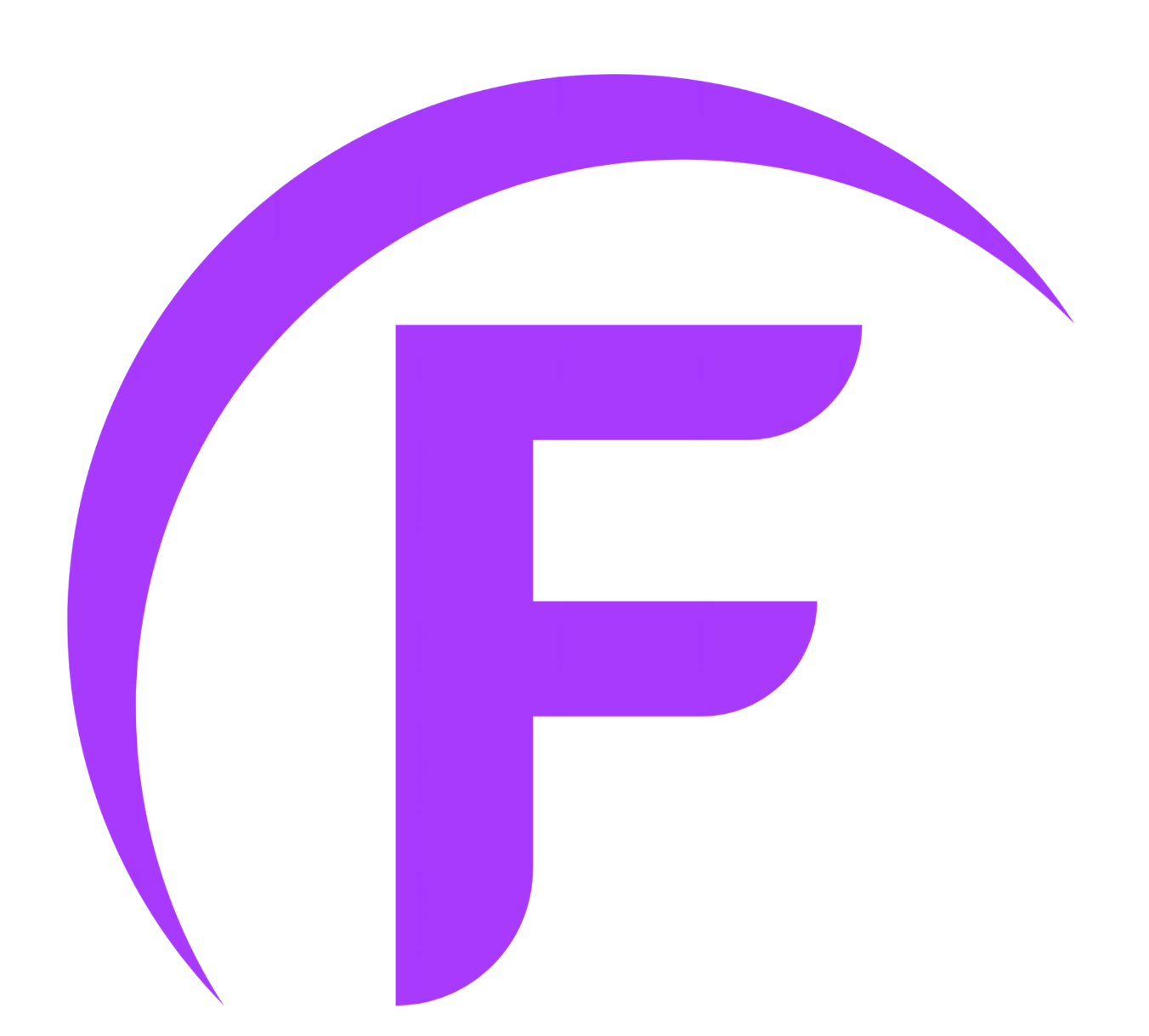Wissam Shawkat, an award-winning artist based in Dubai, has carved a niche in contemporary calligraphy with his self-developed “Al Wissam Style.” Born in Iraq, Shawkat’s journey into calligraphy was self-taught, using the art as a form of escapism during tumultuous times. His works are characterized by a harmonious blend of traditional scripts and modern design elements, making them a staple in Dubai’s art exhibitions and galleries.
Diaa Allam: Merging Calligraphy with Live Art
Diaa Allam, a UAE-based artist, specializes in Arabic calligraphy and live art performances. His creations span 3D, flat, and motion calligraphy, often conveying messages of excellence, kindness, and growth. Allam’s dynamic approach brings calligraphy to life, engaging audiences in real-time and adding a contemporary twist to this ancient art form.
Tariq Mehmood: Traditional Techniques in Modern Times
Tariq Mehmood, a renowned calligraphy artist in Dubai, has been practicing since 2000. His expertise lies in Arabic and English calligraphy, oil painting, and engraving on various mediums, including perfume bottles. Mehmood’s work is a testament to the enduring appeal of traditional calligraphy techniques adapted for today’s diverse artistic demands.
eL Seed: Calligraffiti Pioneer
French-Tunisian artist eL Seed has revolutionized Arabic calligraphy by introducing “calligraffiti,” a fusion of calligraphy and graffiti. His large-scale murals adorn walls worldwide, including notable installations in Dubai. eL Seed’s art emphasizes community involvement, transforming public spaces into canvases that reflect collective identities and stories.
Khaleelullah Chemnad: Innovator of Anatomic Calligraphy
Khaleelullah Chemnad, based in Dubai, is credited with pioneering “Anatomic Calligraphy,” a unique style that integrates anatomical elements into traditional Arabic scripts. His innovative approach has garnered attention, inspiring a new wave of artists to explore the intersections of art, science, and language.
Helen Abbas: Personal Narratives Through Calligraphy
With over two decades of experience, Helen Abbas brings a deeply personal touch to Arabic calligraphy. Her artworks often delve into themes of identity, memory, and cultural heritage, offering viewers an intimate glimpse into the stories that shape her creative expression.

Majid Alyousef: Bridging Design and Calligraphy
Majid Alyousef, an artist and designer based in Dubai, has been practicing Arabic calligraphy for over 30 years. His work seamlessly blends intricate craftsmanship with experimental compositions, reflecting a deep understanding of both traditional scripts and modern design principles.
Skilldeer: Accessible Calligraphy Workshops
For those eager to learn, Skilldeer offers a variety of calligraphy classes in Dubai. These workshops cater to different skill levels and cover various styles, including Arabic and English calligraphy. Participants can explore the art form in group settings or through personalized sessions, making it accessible to a broad audience.
Dubai Calligraphy Biennale: Celebrating the Art Form
The Dubai Calligraphy Biennale is a city-wide event that showcases the richness of calligraphy through workshops, talks, and exhibitions. Organized by the Dubai Culture and Arts Authority, the biennale aims to position Dubai as a global hub for calligraphy, celebrating both traditional and contemporary practices.
Cultural Centers and Galleries: Nurturing Talent
Institutions like the Al Jalila Cultural Centre for Children and Khawla Art Gallery play an essential role in preserving and advancing Arabic calligraphy in Dubai. These spaces are more than just educational venues—they are living cultural ecosystems where tradition and creativity meet every day. Al Jalila Centre, for example, runs seasonal calligraphy workshops for young Emirati students, encouraging artistic development from a young age. These workshops are often led by master calligraphers, blending hands-on instruction with lessons in heritage and script origins.
Khawla Art Gallery, on the other hand, curates rotating exhibitions that focus on both established and emerging talent. Their shows often highlight how Arabic calligraphy evolves across mediums—paper, canvas, metal, and even digital platforms. Some exhibitions explore historical scripts like Thuluth and Naskh, while others feature experimental, abstract interpretations by younger artists. The gallery also collaborates with art academies in Abu Dhabi and Sharjah to host panel discussions on calligraphic innovation in the Gulf.
This guide was crafted by the www.few.ae team, dedicated to highlighting the vibrant tapestry of Arabic calligraphy in Dubai.


 then "Add to Home Screen"
then "Add to Home Screen"